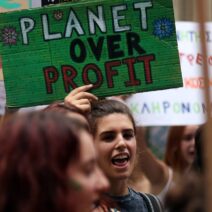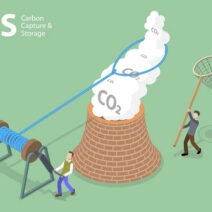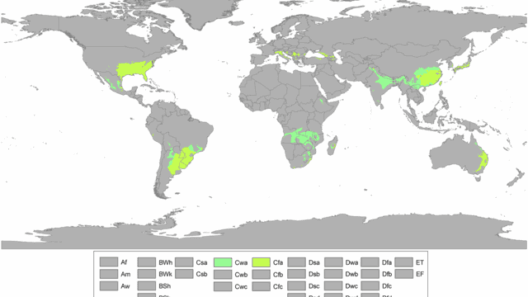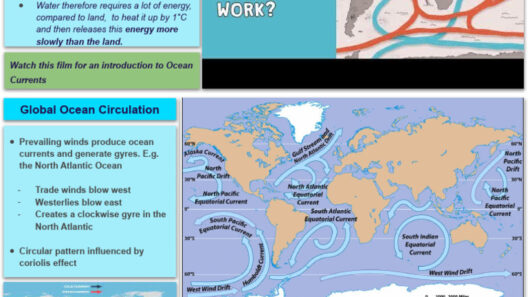Climate change, an irrefutable phenomenon affecting our planet, is attributed primarily to anthropogenic activities. One might ponder: What if the very air we breathe and the earth we inhabit are arrayed in a precarious balance? The scientific community largely concurs that the unprecedented rise in global temperatures is the harbinger of a new era, orchestrated by a multitude of factors. The interplay between natural processes and human actions is intricate, leading to an ecosystem under duress. Let’s delve into the multifaceted causes of climate change, unraveling the science, dispelling myths, and confronting the stark realities we face.
To understand climate change, it is imperative to grasp the concept of the greenhouse effect. The Earth’s atmosphere is a veritable shield, composed of gases like carbon dioxide (CO2), methane (CH4), and nitrous oxide (N2O). These gases trap heat from the sun, maintaining a temperature conducive to life. However, since the onset of the Industrial Revolution in the late 18th century, human activities have exponentially increased the concentration of these greenhouse gases. The burning of fossil fuels such as coal, oil, and natural gas for energy has been a primary culprit. According to research, the atmospheric CO2 levels have surged from approximately 280 parts per million (ppm) prior to the Industrial Revolution to about 414 ppm today, correlating with a significant rise in global temperatures.
Deforestation also plays a critical role in exacerbating climate change. Trees act as carbon sinks, absorbing CO2 and releasing oxygen. However, widespread deforestation for agricultural expansion, urban development, and logging has diminished these vital resources. The loss of forests not only releases stored carbon but also reduces the planet’s capacity to sequester future emissions. Current estimates indicate that approximately 10 million hectares of forests are felled annually, contributing significantly to greenhouse gas emissions.
Another contributing factor is agriculture, a double-edged sword in the climate discourse. While it is essential for sustaining the global population, conventional agricultural practices often emit vast quantities of greenhouse gases. Livestock farming, particularly cattle, generates methane—a gas with a potency many times greater than CO2 in its warming potential. Furthermore, fertilizers used in crop production release nitrous oxide, another potent greenhouse gas. This nuanced relationship between food production and climate change poses a conundrum: how can we feed the world without imperiling our climate?
Industrial processes further exacerbate greenhouse gas emissions. From cement production to chemical manufacturing, various industries contribute significantly to the overall carbon footprint. These activities often involve high energy consumption and the release of pollutants, creating a chain reaction that catalyzes environmental degradation.
Myths about climate change abound, often impeding substantial progress toward solutions. One prevalent myth posits that climate change is simply a natural cycle, an argument frequently wielded by climate change deniers. While it is true that the Earth’s climate has undergone natural fluctuations over millennia, the current rapid change cannot be attributed to natural processes alone. The scientific consensus confirms that the speed and scale of the changes we now experience are unprecedented in the context of the Earth’s history.
Another myth claims that climate change is not a pressing threat, as it appears distant or abstract. However, the reality is starkly different. The impacts of climate change are already being felt worldwide, manifesting in diverse forms—from devastating hurricanes and wildfires to the melting of polar ice caps and rising sea levels. Each of these effects is not isolated but interacts, creating a domino effect that can destabilize entire ecosystems.
As society grapples with the reality of climate change, one must also confront socio-economic disparities that amplify its impacts. Vulnerable populations, often least responsible for greenhouse gas emissions, bear the brunt of climate-related disasters. The interconnection of climate change and social justice is undeniable, posing ethical considerations. How can society ensure that climate policies not only mitigate emissions but also promote equity?
Addressing climate change necessitates a multifaceted approach. Firstly, transitioning to renewable energy sources, such as solar and wind, can significantly reduce reliance on fossil fuels. By harnessing the Earth’s natural resources, we can diminish carbon footprints while promoting sustainable growth. Furthermore, fostering energy efficiency through technological advancements can lower consumption while maintaining productivity.
Secondly, adopting sustainable agricultural practices can mitigate the sector’s emissions. Innovations like agroforestry, permaculture, and precision farming not only enhance food security but also promote biodiversity and soil health. By reimagining agricultural systems, we can create resilience against climate impacts while effectively reducing emissions.
Thirdly, conserving and restoring forests is vital to maintaining carbon sinks. Initiatives aimed at reforestation and afforestation can restore natural habitats while sequestering carbon. Enforcing policies that protect existing forests from deforestation is equally crucial to combat climate change.
Finally, public awareness and education are paramount in fostering a culture of sustainability. Engaging communities through education campaigns can empower individuals to make informed choices, influencing both policy and collective action. The efficacy of grassroots movements cannot be underestimated; they play a pivotal role in advocating for change at local, national, and international levels.
Ultimately, the question persists: Are we prepared to confront the realities of climate change? As agents of change, individuals and communities must rise to the occasion, challenging myths and championing sustainable practices. The veracity of climate change is evident; it presents not only dire challenges but also opportunities for innovation and stewardship of our planet. The journey toward a sustainable future is arduous yet non-negotiable—our planet’s well-being hangs in the balance.







